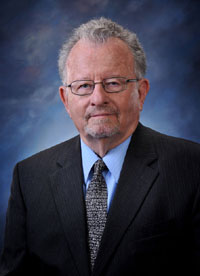
Samaritans see themselves as remaining true to Judaism; indeed, their name derives from “samerim” or “keepers of the law”. They have their own Pentateuch. Biblical accounts in both the Hebrew and Christian scriptures give a mixed picture of Samaritans, and in the “Good Samaritan” parable, Jesus uses a ‘cultural shock’ approach to challenge his disciples to be open to the possibility that opponents can sometimes show more compassion than your own kind. He reimagines the meaning of “neighbor” (Luke 10:25-37). At the time of Jesus, Samaritans numbered about one million.
The many invasions of ancient Syria/Phoenecia taught Samaritans and others how to survive foreign occupation. Greek Alexander the Conqueror supported the Samaritans’ desire to build a temple near Mount Gerizim. No surprise that Samaritan-Jews became pro Greek while their Jewish rivals in Jerusalem backed the Persians. Similar rivalries continued to modern times, and the Palestinian/Israeli impasse has left the small Samaritan community divided by geography and political realities. Mr. Chabin’s article notes that about 350 live in the traditional Mount Gerzim area while the rest live near Tel Aviv where they had gone to work. Wars have prevented them from returning to their homes in the West Bank.
In fact, the Palestinian/Israeli impasse itself created a united Samaritan community on both sides of the border. All Samaritans have a Hebrew and Arabic name and are bi-lingual in Arabic and Hebrew. They do meet together a few times a year during holidays, sometimes with Palestinian and Israeli officials as guests! Chabin quotes one Samaritan (from the West Bank): “The Muslims see us as Jews and the Jews see us as fanatics.” But he also quotes a Samaritan priest, Yousef Sadaka HaCohen: “We are not Jewish and we are not Muslim, but in many ways, we are the bridge between the two.”
Too small to be seen as a threat to either the Israelis or the Palestinians, the Samaritans today will not take sides as they did with the the Greeks when Jews in Jerusalem sided with the Persians. Today, the Samaritans could be the cultural/historical/ethnic/linguistic bridge where the leaders of opposing factions can forsee that hopes for lasting peace could come from internal human factors more than from outside rivalries between super-armed world powers with their own agenda.
(Post Script: In my Austin College January term classes to the Middle East, we saw the well where the biblical account (John 4) has Jesus asking a Samaritan woman for water, but that is another story).